Ultimate Guide to Water Purification Techniques for Wilderness Survival
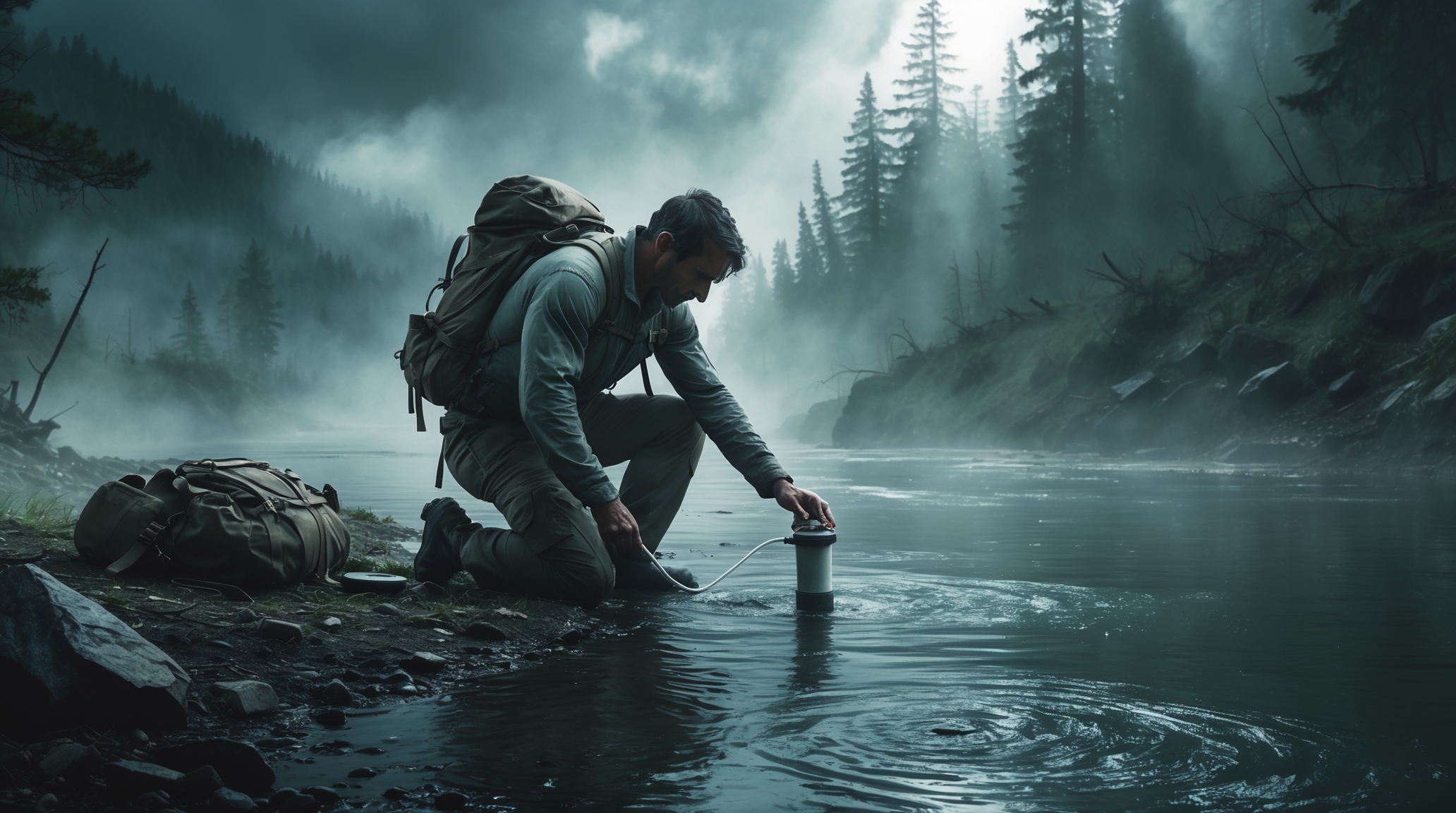
Ultimate Guide to Water Purification Techniques for Wilderness Survival
Understanding Water Sources and Risks
Identifying Safe Water Sources
When you’re in the wilderness, finding a water source is crucial. However, not all water is safe to drink. Streams, rivers, and lakes may appear clean but can contain pathogens harmful to humans. Flowing water is generally safer than stagnant water, which can harbor bacteria and parasites. Since animals also rely on these water sources, always assume untreated water could be contaminated.
Common Contaminants in Natural Water Sources
Natural water sources can harbor a variety of contaminants:
- Bacteria like E. coli
- Viruses such as norovirus
- Parasites like Giardia
Chemical pollutants and heavy metals can also be present, especially in areas near industrial activities or agriculture. This underscores the importance of water purification to avoid waterborne diseases.
Initial Water Collection Tips
Collecting water effectively is your first step. Use a clean container. If the water is murky, let it settle or use a piece of cloth to filter out large particles. This pre-filtration step can significantly improve the effectiveness of your chosen purification method.
Basic Water Purification Methods
Boiling
Boiling water is simple yet effective. Bring water to a rolling boil for at least one minute (or three minutes at higher altitudes) to kill most pathogens. While it’s effective against microbes, boiling won’t remove chemical pollutants or improve taste.
Chemical Treatment
Chemical treatments, such as iodine or chlorine tablets, offer a lightweight and convenient option. Follow the manufacturer’s instructions carefully. Note:
- Effectiveness can vary based on water temperature and clarity
- May leave an aftertaste
- Not suitable for everyone, including pregnant women and those with thyroid conditions
Solar Disinfection (SODIS)
SODIS uses sunlight to purify water. Fill a clear plastic bottle and place it in direct sunlight for six hours to two days, depending on weather conditions. This method is effective against many pathogens but requires clear bottles and strong sunlight.
Advanced Filtration Techniques
Transitioning to more sophisticated methods, let’s explore advanced filtration techniques.
Pump Filters
Pump filters can remove bacteria, protozoa, and sometimes even viruses. They require physical effort and regular maintenance but can quickly filter large quantities of water.
Gravity Filters
Gravity filters work by using the force of gravity to pull water through a purifying agent. They are ideal for camp setups or group use due to their convenience, albeit slower, filtration process.
Straw Filters
Straw filters are designed for personal use, allowing you to drink directly from a water source. They are:
- Lightweight
- Portable
- Perfect for on-the-go hydration
However, they have a limited lifespan and are less suitable for filtering large volumes of water.
Enhancing Water Taste and Smell
Ensuring water is safe to drink is paramount, but taste and odor can also be important. Here are ways to improve the sensory quality of your purified water:
Natural Flavoring
Add natural flavors to mask any unpleasant aftertastes. Consider adding a slice of:
- Lemon
- Lime
- Cucumber
These can provide a refreshing twist to your hydration method.
Activated Charcoal
Activated charcoal can remove odors and improve taste as a secondary purification step. Ensure the charcoal does not release any particles into the water.
Aeration
Letting water sit uncovered for a few hours can reduce certain odors, especially those from chemical treatments. This is particularly effective when combined with natural flavoring or activated charcoal.
Maintenance and Care of Purification Equipment
Proper maintenance of your equipment ensures your water purification methods remain effective.
Cleaning and Storage
- Regular cleaning and proper storage are essential
- Prevent mold growth and the accumulation of contaminants
- Follow the manufacturer’s instructions for cleaning
- Drying out filters before storage and keeping components in a cool, dry place will extend their life
Replacement and Repair
- Keep an eye on the condition of filters, O-rings, and other components
- Manufacturers often offer replacement parts and repair kits
- Staying ahead of maintenance can prevent a situation where you’re left without a reliable way to purify water
Seasonal Considerations
- Prevent water from freezing inside the device in cold temperatures
- Protect your equipment from excessive heat in hot environments
Troubleshooting Common Issues
Even with the best preparation, issues can arise. Here are solutions to some common problems:
Clogged Filters
A decreased flow rate might indicate a clogged filter. Backflushing, according to the manufacturer’s instructions, can often resolve this. For straw filters, gently blowing back through the filter can clear out particles.
Chemical Treatment Ineffectiveness
If chemical treatments seem inadequate, consider doubling the treatment time, especially in cold or murky water. If taste is a concern, combining chemical treatment with activated charcoal can improve both purity and palatability.
Broken Equipment
If your equipment breaks, improvising with available materials can be a lifesaver. A bandana or shirt can serve as a preliminary filter, and boiling remains a viable option if other methods are unavailable.
Remember, staying hydrated with safe, clean water is paramount to wilderness survival and should always be a top priority. With the knowledge and tips provided in this guide, you’re well-equipped to tackle your hydration needs, no matter where your adventures may take you.
Compare Products
Use the arrows to choose products to compare.
| Feature / Product | Pro Water | Waterdrop Personal | LifeStraw Personal | LifeStraw LSPHF017 | 2 Pack |
|---|---|---|---|---|---|
 |
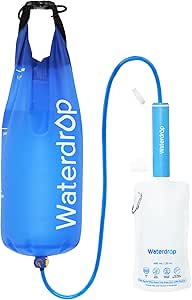 |
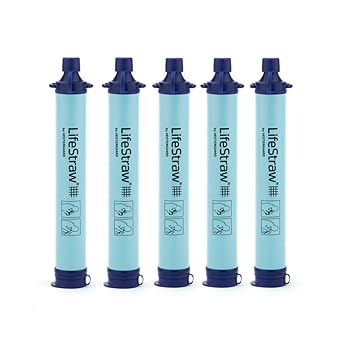 |
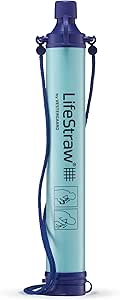 |
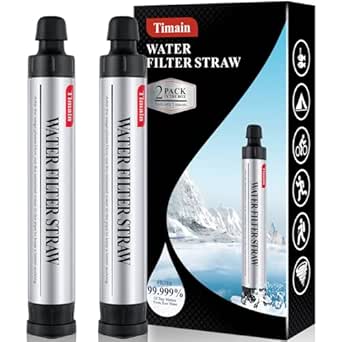 |
|
| $79.99 | $78.28 | $114.45 | $35.95 | $84.13 | |
| Shop now → | Shop now → | Shop now → | Shop now → | Shop now → | |
| Specifications | |||||
| Brand | TRAILGO | Waterdrop | LifeStraw | LifeStraw | Timain |
| Weight | 4 Pounds | 132 g | N/A | 40 g | N/A |
| Dimensions | 10″L x 3.5″W x 13.5″H | 17.2 x 8.6 x 27.7 cm; 131.54 Grams | 9.5L x 30.5W x 3.5H centimetres | 22 x 2.5 x 2.5 cm; 40 Grams | N/A |
| Material | N/A | microfibre | Plastic | Plastic Hollow Fiber | Plastic |
| Capacity | N/A | 1.5 Gallons | 3000 Litres | 4E+3 Litres | 4000 Gallons |
| Efficiency | N/A | N/A | N/A | N/A | N/A |
| Waterproof | N/A | N/A | N/A | N/A | N/A |
